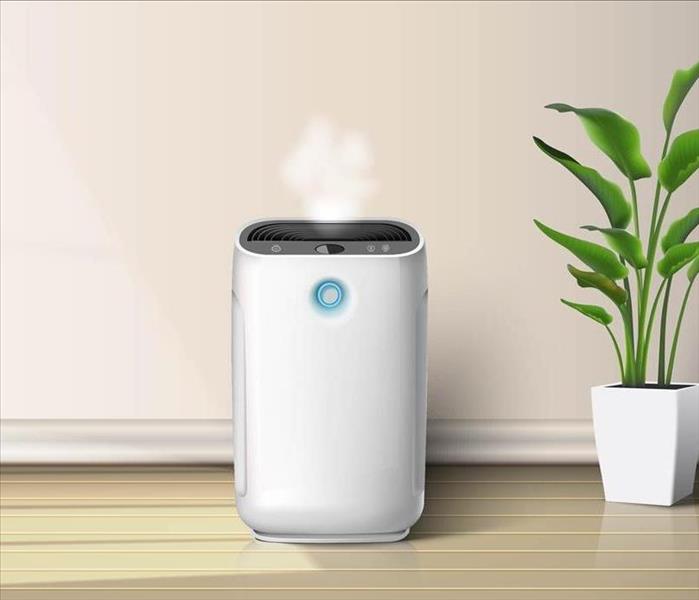Choosing the Right Air Purifier To Remove Mold Spores
3/24/2022 (Permalink)
Ensuring your Pueblo, CO home is a safe, welcoming environment means thinking about indoor air quality. Unfortunately, mold spores easily enter the home via open doors and windows or by attaching themselves to clothing and other objects. If those spores get the moisture, warmth and nutrients they need, it may mean needing the services of a professional mold damage company. Installing an air filtration system is one way to minimize spores but not all are created equal.
Types of Purifiers for Mold
Each type of air purifier uses different technologies to clean the air. While some are designed to trap and collect particles, others are designed to simply absorb molecules. When it comes to mold, the former will not help prevent the spread of airborne spores. Below are the top three types made to prevent airborne particles from circulating:
HEPA:
These purifiers feature fine mesh filters that trap approximately 99.7% of pollutants sized .3 micrometers and above. Since fungi spores are typically around 3 to 30 micrometers, this type of device offers optimal peace of mind. A HEPA filter does require frequent replacement. If it is not replaced within six to 12 months, mold may start to collect on it.
Photoelectrochemical Oxidation:
PECO air filtration devices work by light activating a catalytic reaction. Instead of trapping contaminants, it destroys them by changing them into harmless compounds without producing byproducts, such as ozone, or reintroducing them into the air.
Ultraviolet Germicidal Irradiation:
UVGI uses UV lamps to eradicate bacteria, spores and viruses. While it has proven to do what it is designed to, time and area are key considerations. The light has to come into contact with the particles and usually takes several minutes or longer.
How To Choose the Right One
Every home is different, so it’s important to consider your unique situation before purchasing a purifier. Key considerations include:
- Coverage Area:
This calculation is based on the clean air delivery rate. The higher the CADR, the faster and better it is at purifying a larger room. These measurements range in size for the type of pollutant.
- Air Quality:
This is measured using the Air Quality Index, which ranges from 0 to 500. Anything over 100 means the air quality is poor. It is important to choose a device that lists its AQI rating.
- Noise:
While this may not be a big deal for some people, there is noise associated with moving fans. The higher the setting, the louder it will be. For people who like quiet, a large purifier in a bedroom may not be the best option.
Other considerations come down to personal preferences and budgets. From smart technologies to alert systems, many come with the latest innovations. If budget is a concern, it’s best to research costs associated with filter replacement.
Keeping your home fresh and having peace of mind that pesky spores aren't floating around is important. An air filtration device is a good way to ensure invisible airborne particles are eliminated. To get the most out of your investment, ensure you purchase one that is designed for your needs.





 24/7 Emergency Service
24/7 Emergency Service
